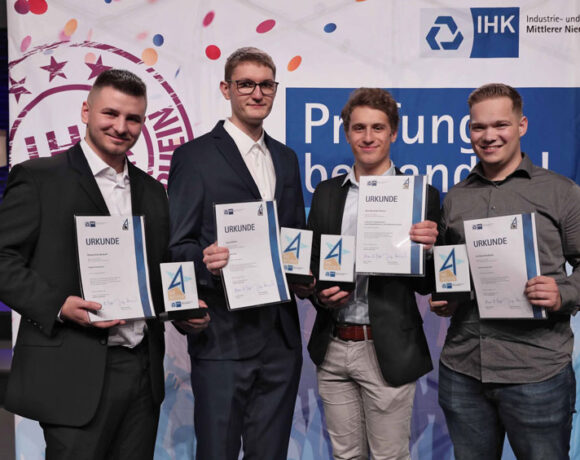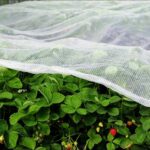Shinkong Invests US$10M in Ambercycle’s First Facility

Shinkong Synthetic Fibers Corporation, a global leader in polyester production, has invested US$ 10 million in Ambercycle’s inaugural state-of-the-art commercial facility. This investment will expand global production capacity for Ambercycle’s premium material, made from end-of-life textiles, and marks a significant milestone in the three-year collaboration between the two companies.
By leveraging Ambercycle’s molecular regeneration technology and Shinkong’s extensive experience in the premium polyester market, the partnership has successfully produced regenerated yarns, meeting the growing demand for cycora® material.
“This investment is a crucial milestone in our mission to make circular materials widely available,” said Shay Sethi, Co-founder and CEO of Ambercycle. “We are excited to deepen our partnership with Shinkong. This investment enables us to scale up to meet the growing demand of our customers and push the boundaries of sustainable textile production.”
The demand for decarbonized polyester is projected to reach approximately 7 million metric tons annually by 2026, up from 5 million metric tons in 2015, as more brands seek circular materials to achieve their sustainability goals.
“Recognizing Ambercycle’s leadership in circular solutions, we are eager to support their expansion,” stated Eric Wu, Chairman of Shinkong Synthetic Fibers Corporation. “Investing in their new facility is not just a strategic move—it’s a commitment to pioneering a future with decarbonized polyester, which we view as critical to our business. This collaboration will further amplify our capacity to deliver high-performance, sustainable products to the global market.”
Ambercycle expects the new facility to commence operations in 2026, strengthening the partnership between the two companies. This strategic expansion will significantly enhance their ability to support circularity and scale next-generation materials within the textile industry, aligning with global efforts to transition towards more sustainable production practices.














